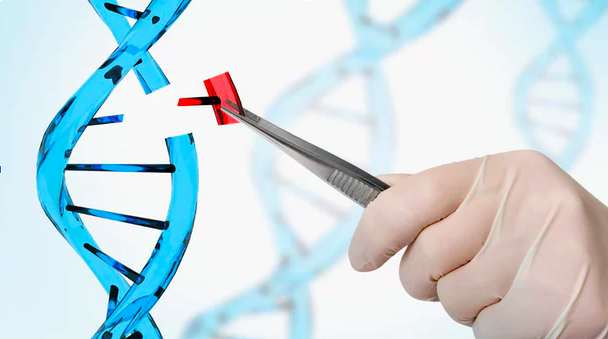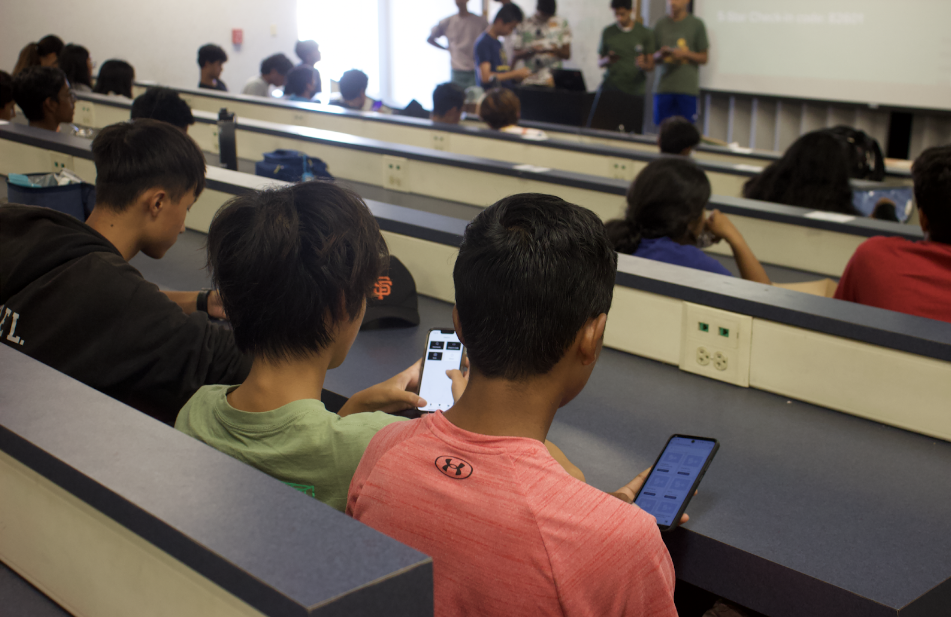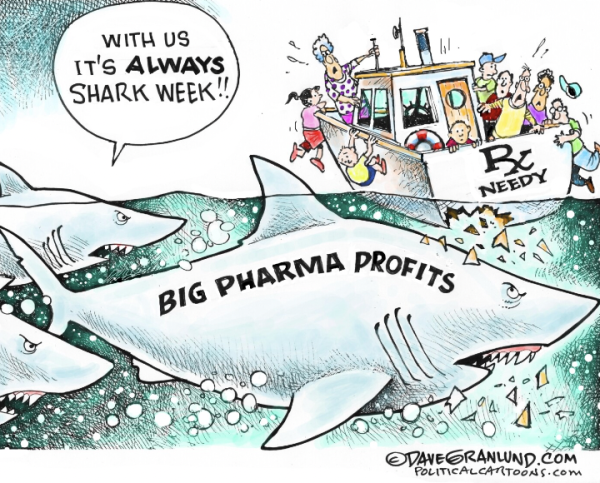A CRISP(R) Look At Genomics
The Voice evaluates the controversy of using gene editing technologies to improve people’s quality of life and explores the merits of using them to cure diseases, create jobs, etc.
[News Atlas] CRISPR, a popular gene editing technology, works by cutting, adding, and replacing parts of organisms’ DNA sequences.
February 5, 2019
Every year, 7.9 million children, 6% of the total infants throughout the globe, have a serious birth defect of genetic origin. In the future, this number can be almost completely eliminated with the use of gene editing technologies such as CRISPR-Cas9, which allow scientists to alter organisms’ DNA by cutting their original DNA and adding or deleting segments to give them beneficial characteristics. Despite this technology’s potential to improve the quality of life for millions of people around the globe and its increasing efficiency, accuracy, and decreasing costs, many individuals are still hesitant to embrace it due to potential inaccuracies that might damage t
he organism’s DNA. However, due to CRISPR’s numerous successes and proven track record with various species of plants and animals, it can safely be assumed that these issues will not arise. Gene editing is a beneficial prospect for the future due to its ability to solve a myriad of health issues and increase the amount of STEM jobs throughout the globe.
One of the most exciting aspects of gene editing technology is its ability to eliminate diseases. According to National Geographic, “CRISPR could be used to modify disease-causing genes in embryos brought to term, removing the faulty script from the genetic code of that person’s future descendants as well.” In fact, “Chinese scientists have already used the technology to edit the genome of 86 human patients” (National Geographic). By conducting these procedures, scientists would be able to reduce or eliminate genetic diseases by cutting out harmful parts of individuals’ DNA sequences. Not only will this save lives, but it will also decrease the amount of money that people have to spread on healthcare and treatment of diseases. Business Insider affirms this notion, stating, “gene editing could also be used, in principle, to modify genes that lower the risk of contracting or developing diseases like HIV/AIDS.” Research in this cure is proving to be very promising, showing that with the power of genetic editing, large epidemics can be eliminated. For example, CRISPR has already been used to find a cure for Duchenne muscular dystrophy, an inherited disorder of progressive muscular weakness. This is especially beneficial for minority groups, since it is been empirically proven that they are disproportionately affected by the disease, and this allows these people that are “poverty, substance abuse, homelessness, unequal access to health care, and unequal treatment once in the healthcare system” to have a better quality of life. Because this technology will be able to curb the amount of illnesses occurring, these communities will be impacted the most positively.
Another merit of gene editing is its ability to increase the amount of STEM jobs available. According to BBC, with the introduction of this technology, “the UK government predicts there could be more than 18,000 new jobs created by gene and cell therapy in Britain alone by 2030, while the US Bureau of Labor Statistics estimates it will see a 7% increase in jobs for biomedical engineers and a 13% increase in medical scientists, together accounting for around 17,500 jobs.” An influx of jobs in the STEM industry is also beneficial because not only does it increase the productivity and employment rates within a country, but also increases the amount of scientific cooperation on an global level. By inciting more collaboration among the international community, more advancements can be made in this field, creating a further increase in the amount of jobs, creating a positive feedback cycle. BBC adds, “according to some projections, the global genome editing market is expected to double in size over the five years from 2017 to reach a value of $6.28bn (£4.84bn).” An increase in STEM jobs is bound to make countries’ economies flourish, while simultaneously improving gene editing technologies for the benefit of people everywhere.
Although gene editing softwares, like CRISPR, have many obvious advantages, some people are hesitant to trust them because they believe that gene editing is not completely safe and accurate. However, this is no longer a valid concern because these mechanisms have already been empirically proven to be not only extremely accurate, but they have also been shown to be safe due to a number of successful tests performed using it. According to Vox, “so far scientists have used it [CRISPR] to reduce the severity of genetic deafness in mice, suggesting it could one day be used to treat the same type of hearing loss in people […] CRISPR might help us develop drought-tolerant crops and create powerful new antibiotics. CRISPR could one day even allow us to wipe out entire populations of malaria-spreading mosquitoes.” Because it has already seen many past successes with animals, gene editing technology is paving the way for eventual success in fighting human diseases, showing that there is little need to be worried about its safety.
Genetic editing has many merits and the potential to solve many of the world’s problems by decreasing the occurrence of many health issues and increasing the amount of people employed. It has been shown to work on numerous occasions, showing that there is no need to worry about its success in the future. By embracing the full capabilities of gene editing technologies such as CRISPR, it will open many possibilities for the human race through a reduction in the unemployment rate and a decrease in the death rate from genetic illnesses.





















